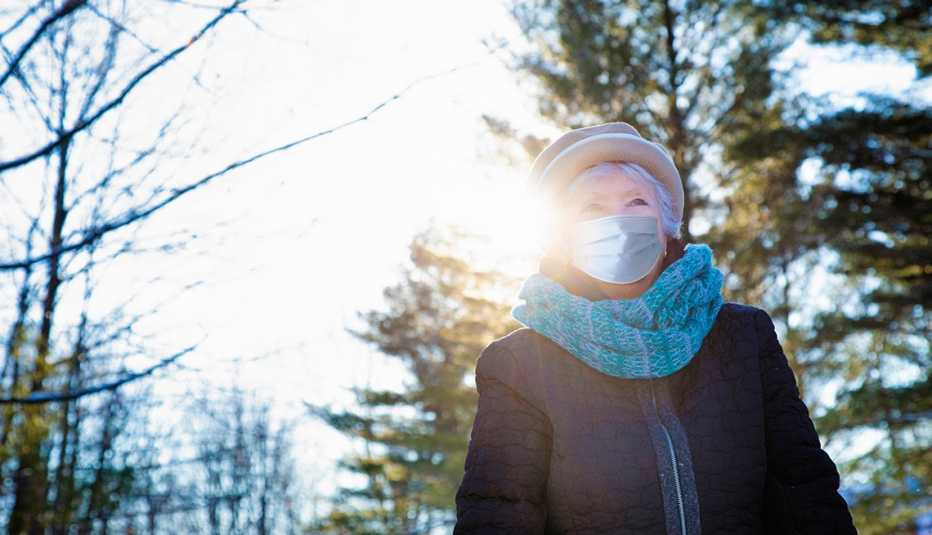Staying Fit


With winter fast approaching, it might seem tempting to ditch your daily walk. But when it comes to getting fit, chilly temperatures might actually be a good thing.
That’s because your overall metabolic rate increases in cold weather thanks to something called thermogenesis, the calorie-burning process by which the body generates heat. Add physical activity into the mix, and the benefits might be boosted even further: One 2017 study published in the American Journal of Human Biology found that a group of 53 hikers burned more calories in cold weather than warm, leading to weight loss for both men and women.


AARP Membership— $12 for your first year when you sign up for Automatic Renewal
Get instant access to members-only products and hundreds of discounts, a free second membership, and a subscription to AARP the Magazine.
If you’re looking for a low-impact way to stay active (and perhaps even shed some pounds) in the months to come, here’s what experts suggest to weatherproof your winter walking routine.
Perfect your winter wardrobe
There’s a phrase in Scandinavia, where physical activity is winter is highly encouraged: “There’s no such thing as bad weather, only bad clothing.”
Dressing for the cold means layering, says Portland, Oregon-based walking coach Judy Heller, founder of the group Wonders of Walking.
Layers keep you warm by creating pockets of air that trap body heat. Heller recommends starting with a moisture-wicking material against your skin (popular options include polyester, merino wool or silk), then adding a second synthetic layer on top. Last goes an outer layer of fleece or another insulating material, and, as needed, a waterproof jacket.
Don’t neglect your extremities, either: Hats and gloves are important for staying warm, as are moisture-wicking socks. Avoid cotton socks and clothing, Heller says, since cotton will trap moisture from sweat or snow and leave you feeling wet and chilly.
In freezing temperatures, Heller recommends wearing a scarf over your nose and mouth to warm the air you’re breathing. (If you already wear a face mask on your walks as a coronavirus-related precaution, it should serve the same purpose as a scarf.)
Besides fitting properly and supporting your feet, the right shoes should also provide insulation and traction in ice or snow. Products like traction chains worn over the soles of walking shoes can add grip, and local running and sporting goods stores may be able to provide you with personalized recommendations based on your gait.

































































More on Health
8 Great Reasons to Walk More
It’s great for your heart and weight, but the benefits go furtherHow to Make That Daily Walk Happen
Walking is terrific exercise — if you do it regularly. Here's how to make the habit stickHow to Power Up Your Walk
Yes, walking counts as real exercise! Here are ways to see more results from your daily regimen